All about gravel fractions
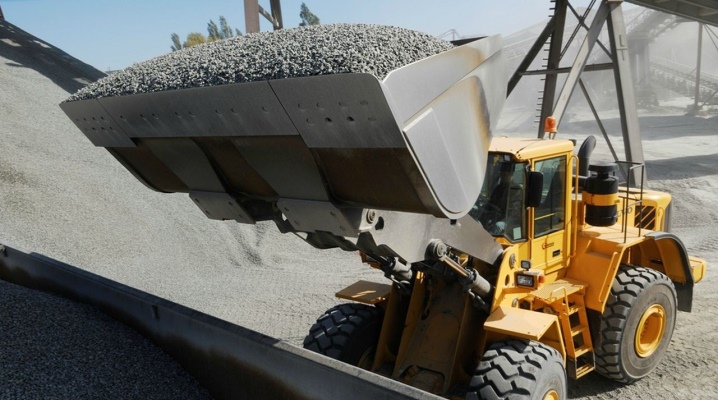
It is extremely important to know everything about gravel fractions for every consumer - from an ordinary person to the head of a large organization. Pebbles with dimensions from 5 to 20 and from 20 to 40 mm, small and medium groups are widely used. But it is also necessary to find out what other factions are, and for what each of them can be used.
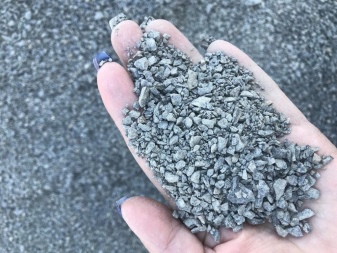

What it is?
It should be pointed out right away that gravel fractions are determined not only by size, but also by practical characteristics. If the material does not meet the required quality indicators, then, despite the formal dimensional compliance, it is excluded from the fractions - and referred to the marriage group. Sorting, along with the size of the granules, also takes place according to their density. Standard values are from 5 to 70 mm in diameter. But in most cases, the material does not exceed 20 mm, and only relatively few specimens are larger.
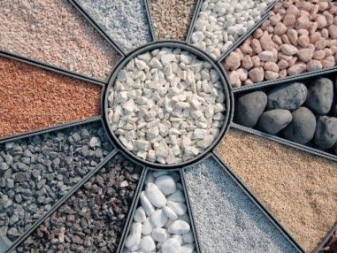

Types and their characteristics
The main types most commonly found on the market are:
-
5-10;
-
3-10;
-
10-15;
-
10-20;
-
15-20;
-
20-40;
-
40-70 mm.
But it is worth noting that there are sometimes deliveries of mixed gravel to order. It is delivered by combining various factions.
Sometimes even fragments of a larger rock are additionally mixed. All this is carefully coordinated in advance and thought out at the engineering level. The easiest way is to get generic product categories.
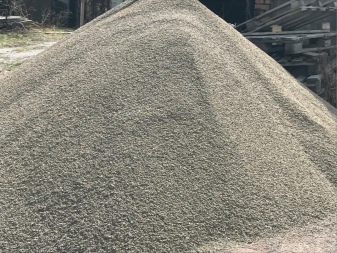
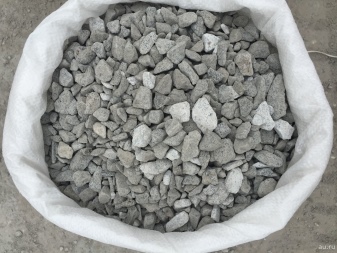
In order to avoid mistakes, one should simply build on the recommendations that are given in the corresponding GOST and technical instructions for carrying out work. The current state standard (8267) was approved in 1993. For your information: it concerns not only gravel, but also crushed stone. At the same time, which is important, the standard applies only to products obtained from high-density rocks. The average specific gravity should be at least 2-3 grams per 1 cm3.
In addition to dimensions, gravel in the standard is normalized according to such parameters as:
-
actual strength;
-
fraction of particles of fragile rocks;
-
concentration of harmful components that degrade the quality of the product;
-
cold resistance;
-
the nuances of storage and transportation;
-
acceptance features;
-
control procedure.
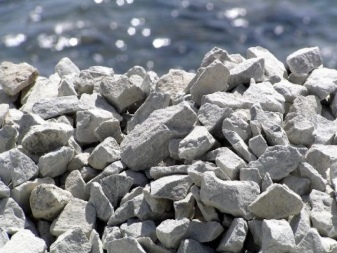
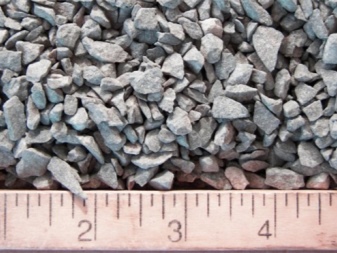
Additionally, GOST 8269, introduced into circulation in 1997, is used. There, the basic requirements are spelled out on how to find out the physicochemical parameters of the material and refer it to various fractions. In most cases, such an assessment is given already at the stage of product extraction. Gravel production means not only its extraction from the quarry, but also washing and subsequent sorting.
Selling unsorted building material is almost impossible. It is purchased only by those organizations that have their own production facilities. In most cases, they try to buy quarry or river sorted material with precisely specified dimensions and parameters.
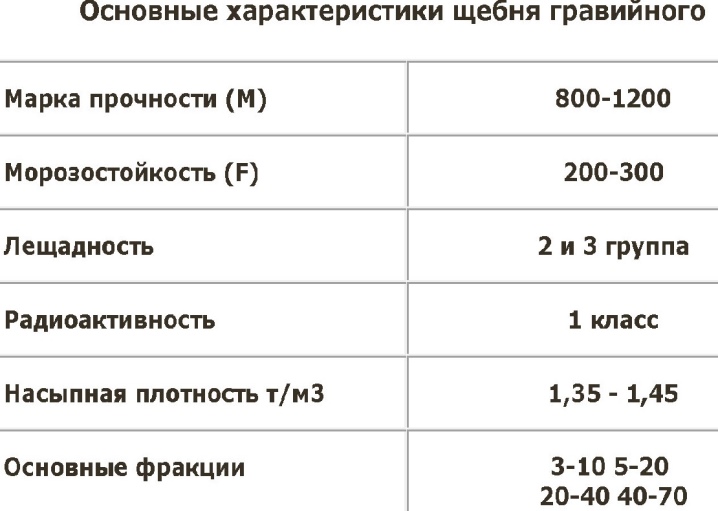
The gravel of a small group is very widespread - from 5 to 20 mm in diameter. Typical for him:
-
low flakiness;
-
frost resistance (several hundred cycles);
-
the minimum level of radioactivity;
-
low water permeability.
Gravel of fraction 40-70 mm is also in demand in many areas. It is a reliable and fairly durable material. This also includes, of course, 60 mm particles.
The content of particles of each size is strictly standardized; in addition to standards, it is stipulated in orders and technical documentation. The price of a product depends on what it comes from.
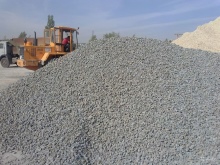
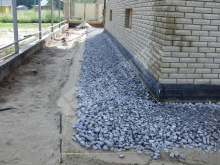
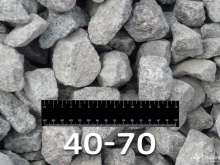
The middle fraction is considered to be a material of at least 20 and not more than 40 mm. It is not as strong, of course, as the major modifications.However, the relatively large size makes styling easier and faster.
This circumstance is very important in any construction, in the manufacture of mortars, because there it is critically important to observe the time according to the technology.
In some cases, a stone with a fraction of 8-10 mm is used, but it is not official and is mainly supplied from abroad for individual orders.
The specific gravity differs depending on the fractional group:
-
from 0 to 5 - equal to 1410 kg per 1 m3;
-
0 - 70 - 1520 kg;
-
for fractions 5-10, the indicator will be 1380 kg.
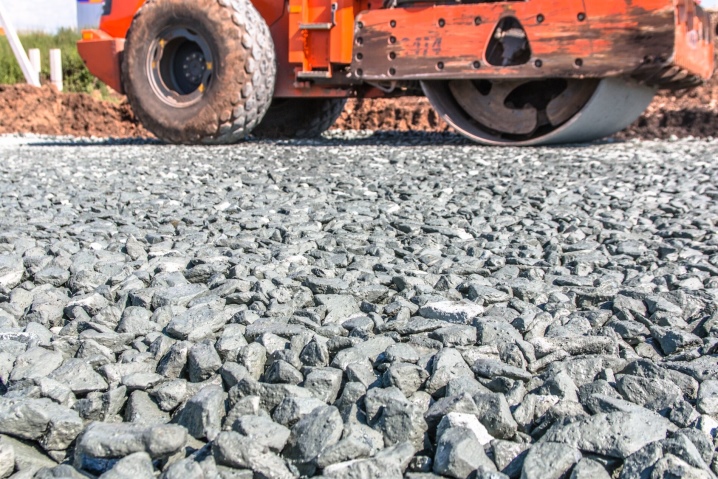
A separate important parameter is the bulk density of the material. It depends not only on the specific gravity, but also on the moisture content. Normally, in tons per cubic meter, the average indicators are as follows:
-
for dropout - 1.6;
-
for fraction 5-20 is 1.43;
-
for the common variant 20-40, 1.55 t / m3 will be optimal.
Which faction should you choose?
With a particle size of 3 to 10 mm, the following material can be used:
-
under the playing and sports area;
-
for the arrangement of the beach;
-
for filtration inside a well or in a well-equipped spring;
-
in floristic work.
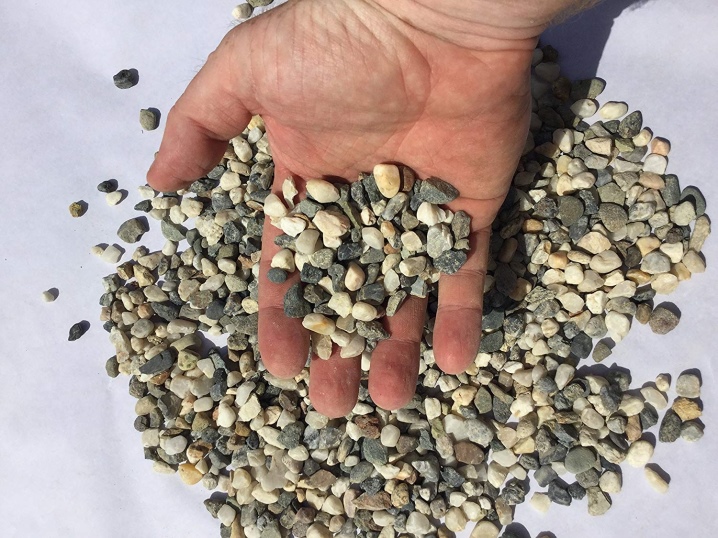
But for drainage, such a substance up to 5 mm is completely unsuitable. The screenings will itself be washed out by soil waters, but their delay is not ensured. Stones from 5 to 20 mm can theoretically be used. However, their extremely widespread use for construction work greatly increases the price. And therefore, such a solution in drainage communications should also not be considered seriously.
For lightweight concrete, which, in turn, is used for blind areas and other not too fundamental objects, gravel of 10-20 fractions is needed.
It is generally accepted that 1 m3 of mortar consumes up to 1000 kg of stone filler. However, the exact calculation is always carried out on a case-by-case basis. For the foundation of a private house and a light civil building, material is needed from 20 to 60 mm; if the foundation is laid for a heavy structure, they take gravel of the largest format. In some cases, gravel is also used for roofing; in a pure form, a fraction of 10-20 mm is poured, and stones from 5 to 10 mm are needed when it is planned to plant plants or lay decorative tiles on top.

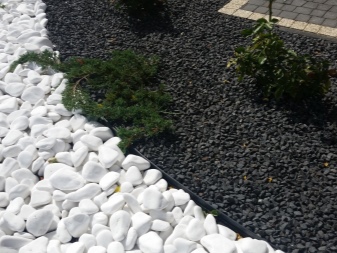
Material from 20 to 40 mm is suitable for technical characteristics for serious objects:
-
road construction;
-
runways;
-
various bridges and tunnels.
Gravel from 40 to 70 mm has a wide decorative application. With it you can:
-
decorate the aquarium;
-
pave the street;
-
pave a yard or a separate area;
-
decorate the pool;
-
prepare cages for animals;
-
build a dam and other large, high-rise object.
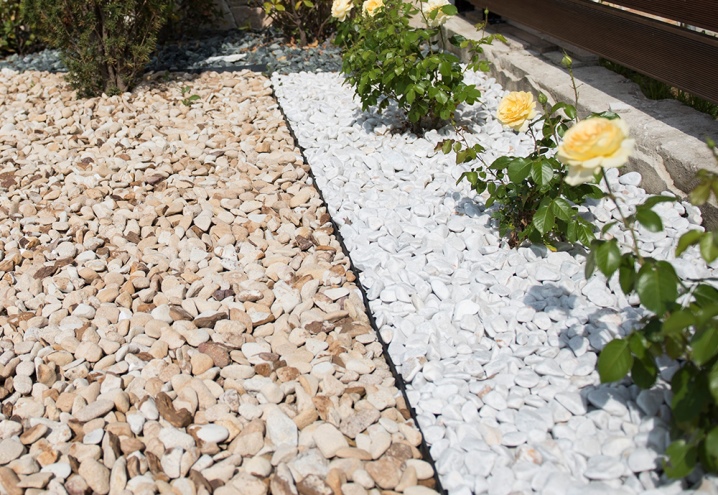










The comment was sent successfully.